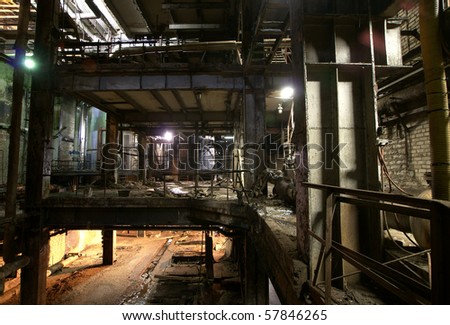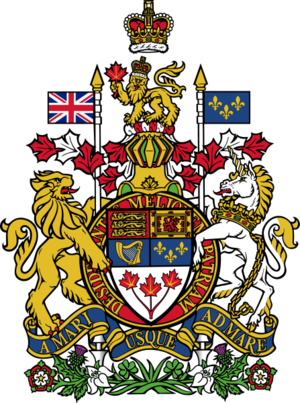



Large abandoned buildings have always held my intrigue. I'm sure it's like that for a lot of people. Their immensity and complexity contrasted against their emptiness is undoubtedly appealing, as is their prospect of exploration. I can't really do anything but look at them and admire them. I've never been into an abandoned factory, warehouse, prison or any other building for that matter - they might be better left to my imagination.
Back in 2006 when I was living in Winnipeg, I drove a line cook home one night from the restaurant we worked at. He had a band and I wrote them a song for fun, but it wasn't very good. It was the only song I've ever written so far...now being older, it seems like the music should come before the lyrics.
Along the way, he asked me to make a detour to this one abandoned house because he wanted to show me some graffiti that was written. I said alright - I wasn't afraid that he was going to do something dangerous, he was a good kid. It was January and there was snow everywhere, so I parked a small distance away from the house and we walked through the snow so he could show me what he wanted to.
We get to the house and he shows me one side. It said "FAKE STREET KIDS GO HOME" written in large letters. "See", he said. "Fake street kids go home." He looked at it for awhile then we trudged back to my car and I took him to his dad's place.
He didn't to show me the graffiti in order to teach me a lesson. I had no idea the house existed, nor did I pretend that I had lived on the streets at work. What I believe he wanted to show me was that there were kids trying to pretend as though they lived in poverty and abuse, and that they were known to do so by the kids living hand-to-mouth every day. The "cool" that the fakes wanted to inhabit was unacceptable. When I thought about what he showed me afterwards it seemed incomprehensible that the struggling kids had to write graffiti on a house they used for shelter in order to ward off others trying to feed off of their lifestyle, and who could even bring attention to the house and perhaps have it sealed off.
But that's what happens in many instances - when an aspect of life is untouched and appreciated only by those who truly care for it, the risk of it being overexposed and losing its meaning becomes that much greater.
What does this have to do with royal seals/emblems/coats of arms? I would say it's only the same complex imagery. Like large abandoned factories (and buildings in general), a country's coat of arms has always appealed to me visually (that is, when it's very detailed and not sparse/trite in design).
The point I want to make with a coat of arms is that even though they're aesthetically appealing (the two examples above are the Bahamas and Canada), they still run the risk of standing for injustice, hypocrisy and lies. Ian MacKaye from the band Fugazi stated that flags were ugly things based on how they stand for a country's misgivings. I think that statement could extend to a coat of arms as well, especially since it might be more prevalent in a military. There is a contrast between their appealing style and what they stand for.
This then asks the question, "Can I really look at a coat of arms with the same admiration?" It's like the issue of literary autonomy - can I read an author's work with the same comfort if I know that he or she stands for something wrong or has done something unforgivable? I can't, because it matters to me who the author is as a person. With a coat of arms, I'll admit that they look stylish - I've always wanted to create a line of shirts and sweaters with full-bleed (meaning covering the entire front or back) coats of arms on them. And I suppose I could, since families create their own crests all the time. Yet the point still remains that any appreciation of a coat of arms is always tarnished by the wrong decisions of a country - it's the hiding behind appealing visual symbols that feels impure.
No comments:
Post a Comment